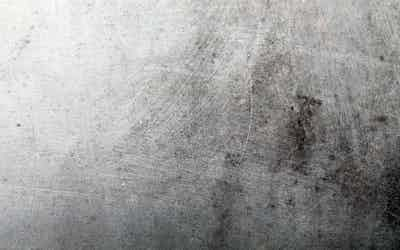Geofirma and Propex Non Woven Geotextile Guide.
A guide for the selection of non woven geotextiles.
Description
Geotextiles have had a long history of use in filtration, drainage, separation and protection applications in a range of civil, coastal and environmental engineering structures. Geotextiles are a relatively inexpensive product, that when designed and installed correctly can replace traditional granular treatments with significant cost savings, both in aggregate quantities used and traditional labour costs to install such aggregate systems.
This technical note uses a well accepted Australian philosophical approach to the use and specification of these products by application type. This note has been documented to allow confidence in the use of Global Synthetics geotextiles for a variety of common construction structures used in transportation applications. This document does not replace good engineering design when required, in the detailing and specification of adequate drainage and filtration structures.
Applications
In applications of drainage and filtration, the designer should consider the survivability of the geotextile against damage during the installation process, the soil type that the geotextile will be in contact with (considering the maximum particle size and grading), the type of drain to be constructed, the likely flow requirements of the geotextile and in some applications, the ground conditions on which the drainage structure is to be constructed.
Trench Drain Applications
This is the application when a geotextile is wrapped around the inside face of a trench to minimise soil movement from the adjacent ground into the drainage structure minimising the potential for blockage of the drainage aggregate and pipe systems by the soil, whilst allowing ground water to pass through the fabric and into the drain.
Blanket Drain Applications
This is an application where a drainage layer is placed under an embankment (may be either a fill or cut situation) such that water at the embankment underside may be directed to side discharge points. Generally a geotextile is placed at the embankment formation level. Granular, free draining fill, is placed on top of the geotextile and then an additional geotextile layer may be placed on the top of the aggregate layer to form what is known as a blanket drain.
The bearing capacity of the existing ground will have some effect on the fabric grade to be selected. Obviously, the “softer” the ground the greater the need for more robust geotextiles to carry the imposed loads on this weak ground.
Retaining Structures
A geotextile is necessary to separate and filter under / behind retaining structures to ensure that soil particles cannot be transported by hydraulic action or ground water movement in such applications. Conventional retaining structures includes the drainage element associated immediately adjacent to the retaining wall such as masonry core filled blockwork, segmental concrete block walls, sleeper walls and crib retaining walls.
The geotextile type(s) quoted are the minimum acceptable for such structures. The use of large drainage aggregate greater than 20mm in size, or extremely angular aggregate, for example, some recycled concrete products, will require a higher grade of fabric from a survivability aspect. These suggestions do not include chimney drains or similar large scale drainage structures that are generally subject to specialist detailed design.
Read about more applications within the PDF…
Product specification sheet
Geofirma and Propex Non Woven Geotextile Guide. product specification sheet opens in a new windowManufacturer
Global Synthetics



